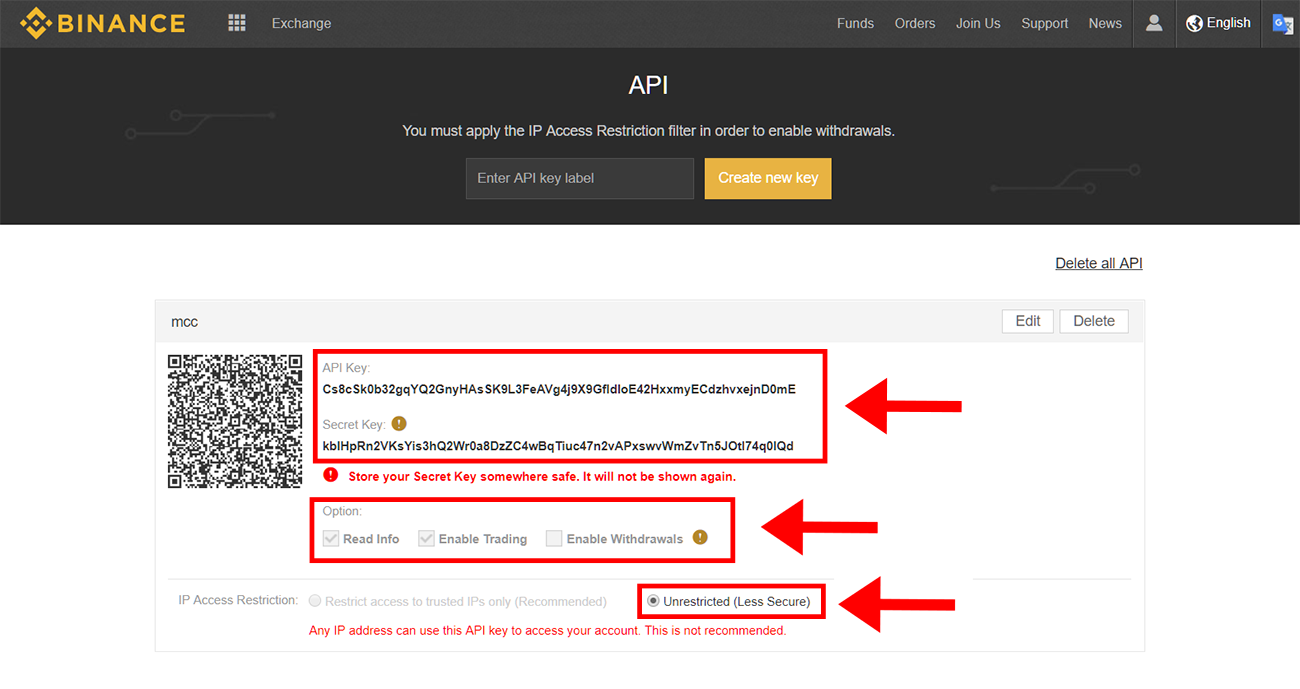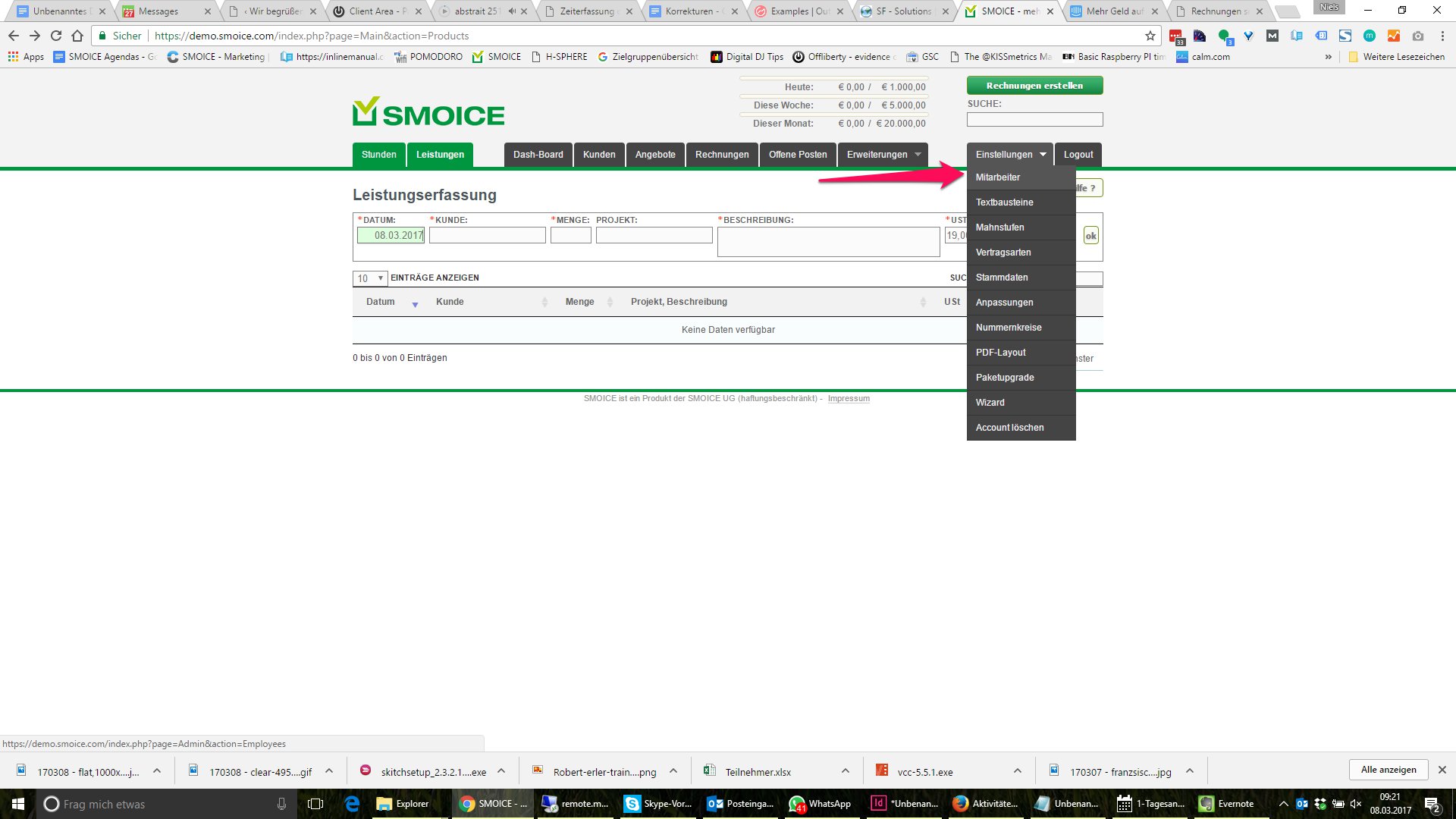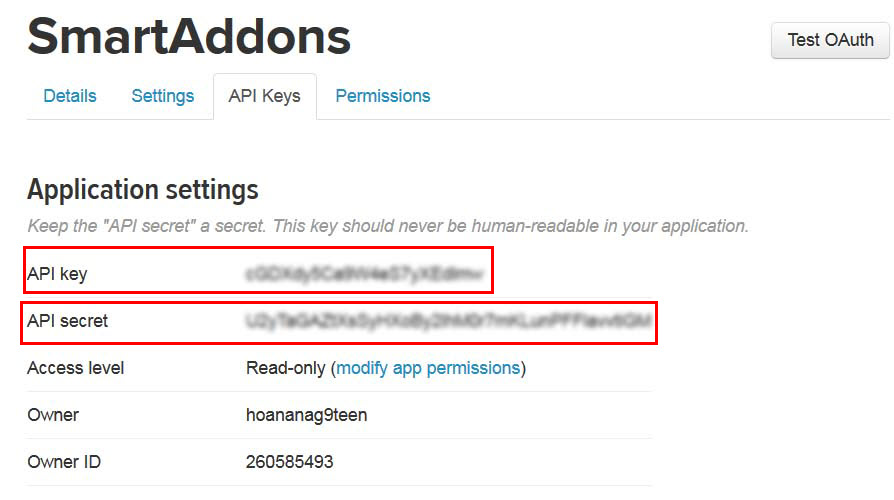
The API provider can thus identify the client and charge their account.Īre you missing implementation hints? Find them in the paper version of the pattern or contact us! ConsequencesĪn API Key is a lightweight alternative to a full-fledged authentication protocol and balances basic security requirements with the desire to minimize management and communication overhead. HTTP supports various types of authentication, here the RFC 6750 Bearer type is used: POST Īuthorization: Bearer gqmbwwB74tToo4YOPEsev5 For billing purposes, the client identifies itself by passing the API Key gqmbwwB74tToo4YOPEsev5 in the Authorization header of the request, according to the HTTP/1.1 Authentication RFC 7235 specification. The client creates a new conversion process by informing the provider of the desired in- and output format, passed as two Atomic Parameters in the body of the request (the input file has to be provided by a second call to the API).
#Smspva api key pdf
In the following call to the Cloud Convert API a new process to convert a DOCX file to PDF format is started. Example (click to expand) (click to collapse) Make sure to put automated integration or end-to-end tests into place to ensure that endpoints are only accessible with a valid key.
#Smspva api key serial number
However, UUIDs are not necessarily randomized 2 hence, they also require further obfuscation just like in the serial number scheme. UUIDs are easier to use in a distributed setting because there is no serial number that needs to be synchronized across systems. Alternatively, base the key on a Universally Unique Identifier UUID. This can be achieved by using a serial number (to guarantee uniqueness) padded by random data and signed and/or encrypted with a private key (to prevent guessing). Because of its small size, including it in every request causes only minimal overhead.īefore you start rolling your own solution, check if your framework, or a third-party extension, already offers support for working with API Keys.Īs the API provider, make sure that the API Keys you generate are unique and hard to guess. This interoperable representation makes it easy to send the key in the request header, as part of a URL query string 1, or in the request body (a.k.a. How it worksĮncode the API Key as an Atomic Parameter, i.e., a single string parameter.


How can an API provider identify and authenticate different clients (that make requests)? Forces

For various reasons, such as establishing a Rate Limit or Rate Plan, one or more clients have signed up and want to use the services. Access Token, Provider-Allocated Client Identifier ContextĪn API provider offers services to subscribed participants only.



 0 kommentar(er)
0 kommentar(er)
